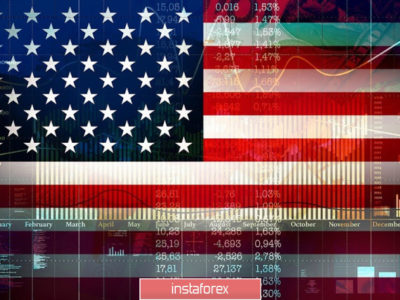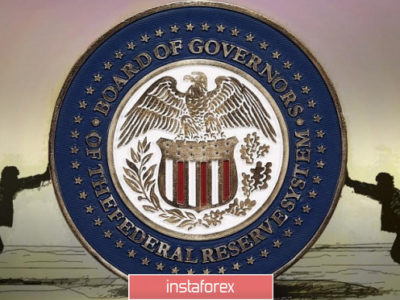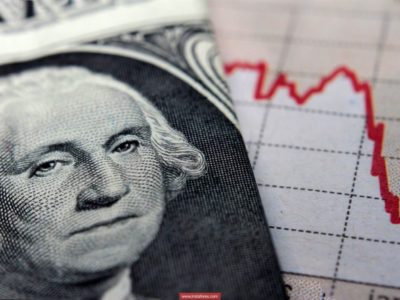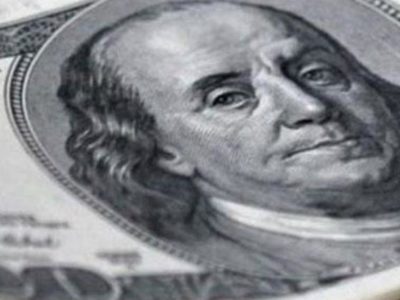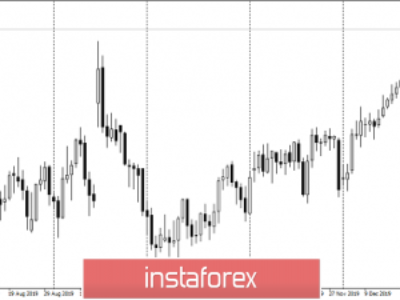Forex Markets Falling Back to Long-Term Trends
When we look at the broad performance in the forex markets for 2015, it is clear that some relatively major trends have started to unfold. For the most part, the US Dollar has emerged as the dominant bull in the forex space and this is likely to continue until we start to see some suggested policy changes in some of the larger national economies.
At the moment, there is not much to suggest that this will be happening any time soon so in most cases it is likely that we will see forex traders base their positions on short-term strength or weakness in the greenback.
How High Can the Dollar Rise?
In addition to this, most of the objective market data seems to indicate that traders are continuing to use their own trading stances in the Dollar as a way of expressing interest in the rest of the market. According to recent market data from the forex analysis team at FiboGroup, the number of total positions in the Dollar has risen over the last three months.
Forex traders that are looking for new opportunities should at least be aware of these trends, so that they can become more aware of new trading opportunities as they arise. If the majority of the market is focusing on the Dollar-denominated pairs, these are going to be the pairs that see the extreme moves as critical areas of support and resistance are broken.
As far as specific price targets, it is clearly conceivable at this stage that the Dollar would rise as high as parity (and beyond) against the Euro. This would mean that sell positions in the EUR/USD could become more attractive as the year goes on. This does not make sell positions in the EUR/USD a sure things by any means but if we start to see prices rise to important levels of resistance then traders will have a fundamental backdrop to use along with the technical stance to establish sell positions.
This outlook maintains firm as long as the Federal Reserve is the only major central bank that is suggesting a need to increase interest rates. The opposite scenario is still occurring in the Eurozone, so reasons to start buying the Euro are still limited at this point in time. Central banks continue to hold all of the cards for how these trends are likely to play out, so these are the areas forex traders will need to watch going forward.

